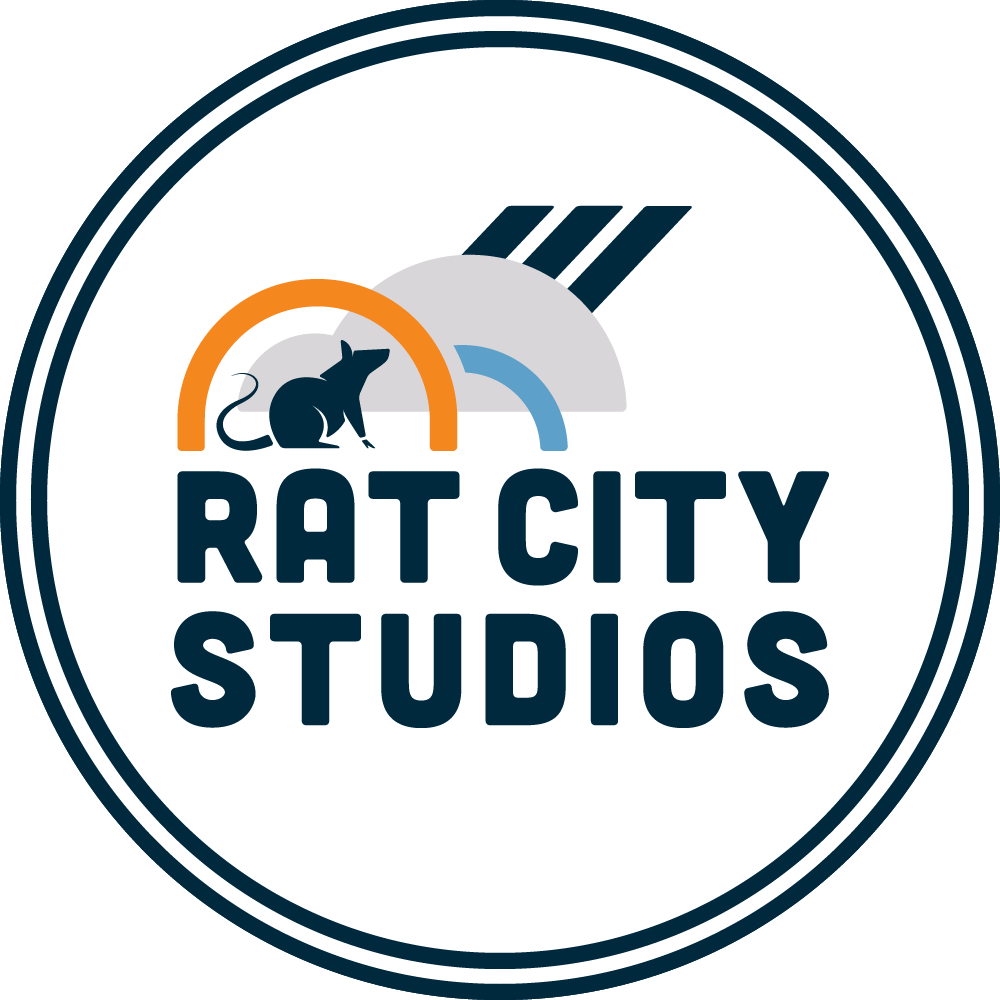Exploring Jewish Tradition Through Clay
/Through clay, I have been investigating Jewish traditions, especially those related to food. I wanted to make a Seder plate first, because the Jewish holiday of Passover was a major holiday that my whole family gathered together to celebrate.
I grew up practicing Judaism and attending a Reform Synagogue. For many years when I was younger I attended Sunday school at the Synagogue my family went to. Later I went on to attend a Jewish Middle and High School.
Seven years of my life, in Middle and High school, Judaism was a major part of my day. We had religious services as a group and had a daily class relating Jewish history and tradition. When I went to college this connection to Judaism ended abruptly. I no longer had the required Jewish history courses and service, and with my new busy schedule I did not make time to go to Synagogue. Recently I have been interested in making objects related to Jewish tradition in an effort to strengthen my connection to Judaism.
Passover is an 8 day holiday which begins with a meal called Seder. During the Seder we read from a book called the Haggadah which tells the story of the freedom of the Jewish people and the Exodus from Egypt. A key part of this meal is the Seder plate which features six food items that represent parts of the Passover story.
Seder plates usually consist of a larger plate with six little plates resting on top. The first ingredient on the plate is called Karpas, which is usually parsley. The parsley is usually dipped in salt water and eaten to represent the tears that the Israelites shed over their condition of slavery in Egypt. The second is Charoset - which is derived from the Hebrew word for clay. This is a chopped mixture of apples, wine, honey, nuts. This symbolizes the mortar that the Isrealite slaves used to construct buildings for Pharaoh. Third ingredient on the Seder plate is Maror, and grated horseradish is often used for this. Fourth, is the second second bitter herb, romaine lettuce is often used for this. Fifth ingredient is a roasted lamb shank bone and represents the sacrificial lamb. Sixth is Beitzah, a roasted egg. The roundness of the egg represents the cycle of life, it also represents the pre-holiday offering that was brought in the days of the Holy Temple. Another key food item in the Passover Seder is Matzoh. Matzo is unleavened bread. Traditionally during the 8 days of Passover, Jewish people do not eat any leavened bread. We eat the Matzo because when the Jews were escaping Egypt, they did not have time or provisions to wait for the bread to leaven.
Making these objects has made me feel more connected to Judaism as I re-examine the history behind them and fondly reminisce on my family Seder dinners and celebrations held at school. I am continuing this exploration of making celebratory Jewish objects and will be making Menorahs. Keep an eye out on my Instagram page for in-process images, and check out the Rat City Studios Holiday Sale going live online November 27th for finished pieces!
Bio:
Hayley Reed was raised in Houston, Texas. She received her Bachelor of Fine Arts from The School of the Art Institute of Chicago in 2018. She is currently living in Seattle, Washington and working as a studio assistant for Deborah Schwartzkopf at Rat City Studios. Hayley uses molds to make makes functional wares for the home, and she is currently exploring digital fabrication techniques to make plaster molds.








